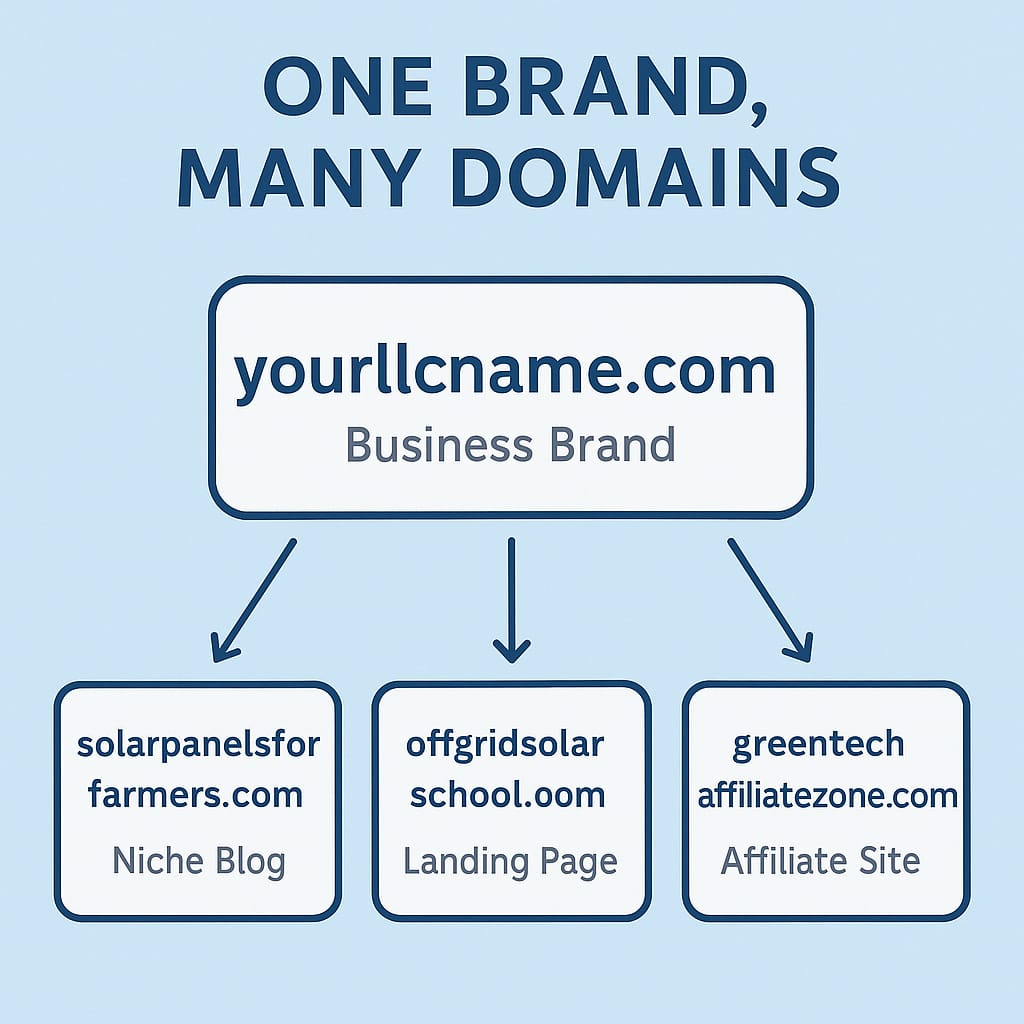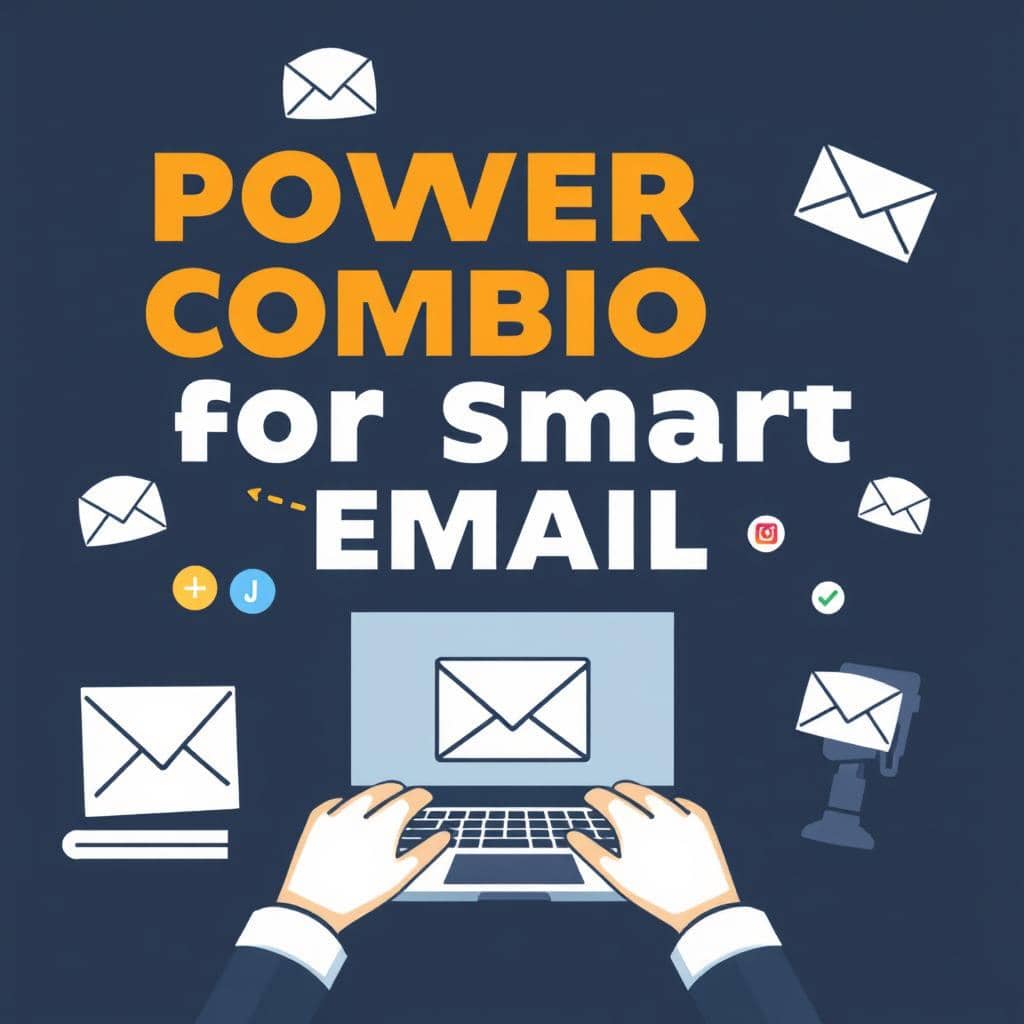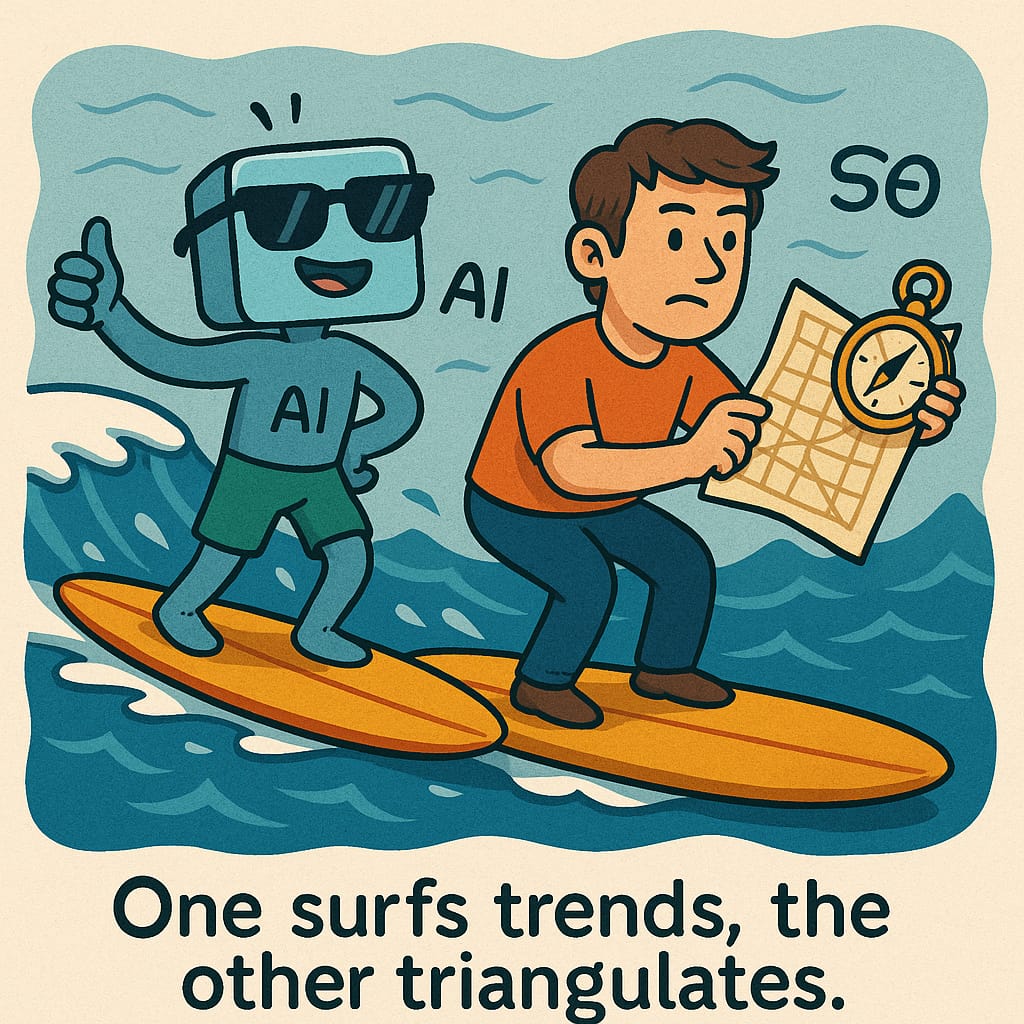
Advantages of Internal and External linking
Internal and external linking are two essential SEO strategies that are often overlooked but can have a significant impact on a website’s search engine rankings and overall performance. In this article, we will explore the advantages of both internal and external linking, and why they are important for any website that wants to rank well in search engines.
Advantages and Importance of internal Linking
Internal linking refers to the practice of linking to other pages within your own website. This technique has several advantages, including the following:
Improves User Experience
Internal linking makes it easier for users to navigate your website and find the information they are looking for. By linking to related content, you are providing your visitors with additional resources that they can use to expand their knowledge on the topic they are interested in.
Helps Search Engines Understand Your Site Structure
By using internal links, you are giving search engines an idea of how your website is structured and which pages are most important. This can help search engines crawl your site more efficiently and understand the context of your content.
Boosts Your SEO Efforts
Internal linking can help you rank higher in search engine results pages (SERPs) by passing on link equity from one page to another. This means that if you have a high-quality page with lots of internal links pointing to it, it will be seen as more authoritative and valuable by search engines, and therefore more likely to rank higher in SERPs.
Increases Pageviews and Time on Site
Internal linking can encourage users to explore your website further and stay on your site longer, as they are provided with additional resources that are relevant to the content they are already reading. This can help increase your pageviews and decrease your bounce rate, which is a signal to search engines that your website is of high quality and provides value to users.
Advantages and Importance of External Linking
External linking refers to linking to pages on other websites. This technique also has several advantages, including the following:
Establishes Credibility and Authority
External linking can help establish your website as a credible and authoritative source of information by linking to reputable sources. This can increase the trustworthiness of your website in the eyes of users and search engines.
Enhances Relevance and Context
External linking can help provide additional context and relevance to your content by linking to other pages that are related to the topic you are discussing. This can help users better understand the subject matter and improve their overall experience on your website.
Improves Link Building and Networking
External linking can also help improve your link building efforts by building relationships with other websites in your industry. By linking to other websites, you are creating an opportunity for them to link back to your website, which can help improve your overall backlink profile and increase your search engine rankings.
Increases Traffic and Exposure
External linking can also help drive traffic to your website by providing users with additional resources and information that they may be interested in. This can help increase your website’s exposure and visibility, which can lead to more leads, sales, and conversions.
Conclusion
In conclusion, both internal and external linking are important SEO strategies that can help improve your website’s search engine rankings and overall performance. By using internal links, you can improve user experience, help search engines understand your site structure, boost your SEO efforts, and increase pageviews and time on site. By using external links, you can establish credibility and authority, enhance relevance and context, improve link building and networking, and increase traffic and exposure. Therefore, it’s important to incorporate both internal and external linking into your SEO strategy for optimal results.
Table summarizing some of the tools and techniques that can be used for internal and external linking
| Strategy | Description | Example Tools |
| Internal Linking | Linking to other pages within your own website. | Yoast SEO, Screaming Frog SEO Spider, Google Search Console |
| External Linking | Linking to pages on other websites. | Ahrefs, SEMrush, Moz, Google Search Console |
| Broken Link Checker | Scans your website to find broken links and allows you to easily fix them. | Broken Link Checker, Dr. Link Check, Google Search Console |
| Link Building | Actively seeking out backlinks to your website. | Email outreach, guest blogging, social media outreach |
| Anchor Text Optimization | Optimizing the anchor text of links to improve relevance and SEO value. | SEMrush, Ahrefs, Moz |
It’s worth noting that many SEO tools and software offer a combination of these features, making it easier to manage and optimize your internal and external linking efforts.
Detailed explanations of the strategies listed in the table
Internal Linking
This strategy involves linking to other pages within your own website. Internal linking can help users navigate your website, understand its structure, and find related content. It can also help search engines crawl your site more efficiently and understand the context of your content. Internal linking can be done manually, or with the help of SEO tools like Yoast SEO, Screaming Frog SEO Spider, and Google Search Console.
External Linking
This strategy involves linking to pages on other websites. External linking can help establish your website as a credible source of information, provide additional context and relevance to your content, and drive traffic to your website. It can also help build relationships with other websites in your industry and improve your overall backlink profile. External linking can be done manually, or with the help of SEO tools like Ahrefs, SEMrush, Moz, and Google Search Console.
Broken Link Checker
This strategy involves scanning your website to find broken links and fixing them. Broken links can negatively impact user experience and SEO, so it’s important to identify and fix them as quickly as possible. Broken link checker tools like Broken Link Checker, Dr. Link Check, and Google Search Console can help automate this process.
Link Building
This strategy involves actively seeking out backlinks to your website. Backlinks can improve your website’s search engine rankings and drive traffic to your website. Link building can be done through email outreach, guest blogging, social media outreach, and other techniques.
Anchor Text Optimization
This strategy involves optimizing the anchor text of links to improve relevance and SEO value. Anchor text is the clickable text in a hyperlink that describes the content of the linked page. Optimizing anchor text can help improve the context and relevance of your links, and increase their SEO value. Anchor text optimization can be done with the help of SEO tools like SEMrush, Ahrefs, and Moz.
Shop Corner
Internal and External linking on Amazon
Thank you for reading and sharing!
Source OpenAI’s ChatGPT Language Model and DALLE – Images Picsart

Invest in your future & learn
Learn affiliate marketing & build your own website.
Heads up! Make sure you sign up using my referral link to get access to my personal coaching and all features.
👉 Sign Up







